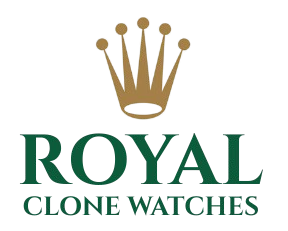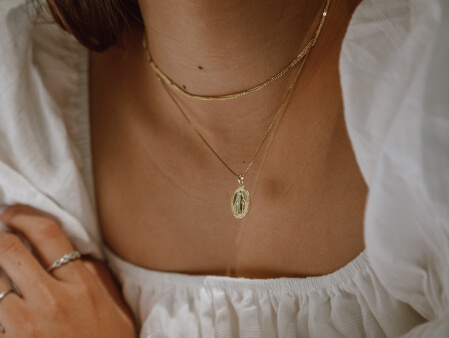Cartier Super Clone vs Real – Full Comparison
How close do Cartier super clone watches come to the originals in 2025? This question is asked by collectors and buyers who want the elegance of Cartier design but at a more accessible price. While today’s replicas are far more refined than in the past, there are still clear differences between genuine Cartier watches and super clones.
In this article, we’ll compare Cartier super clones with real models. We’ll look at materials, movement technology, craftsmanship, price points, and the question of authenticity. By the end, you’ll understand where super clones excel, where they fall short, and which option makes the most sense depending on your priorities.
If you’ve ever considered buying a Cartier clone, this side-by-side comparison will help you make a more informed choice.
Material Differences
Authentic Cartier watches use precious metals, proprietary alloys, and sapphire crystals. For example, cases are crafted in 18k gold, stainless steel of the highest grade, or platinum. Super clones, while increasingly accurate, typically use high-grade stainless steel and sapphire glass but not the same luxury alloys or gemstone settings. From a distance, replicas look convincing, but under close inspection, the difference in refinement is clear.
Movement Comparison
The movement is where the gap is widest. Genuine Cartier watches often feature in-house or Swiss-made calibers, designed for precision and reliability. They deliver smoother performance, longer power reserves, and service longevity. Super clones use reliable automatic or quartz movements that imitate the look and function but lack the engineering depth of a true Swiss caliber. They are accurate for daily use but not on the same horological level as an original.
Craftsmanship and Finishing
Craftsmanship is one of Cartier’s defining strengths. Real models have hand-applied finishes, beveled edges, and detailed engravings that give them a unique presence. High-quality Cartier replica watches reproduce much of this appearance, including sharp dial printing and well-polished cases. However, under magnification, the precision of a genuine Cartier is still superior. The difference is most noticeable in the small details such as the crown cabochon, bracelet articulation, and clasp finishing.
Price Comparison
The most obvious difference is price. An authentic Cartier can range anywhere from $5,000 to well over $50,000 depending on the model and materials. Super clones, on the other hand, usually cost between $500 and $1,000. This massive price gap is why many buyers choose replicas—to enjoy the Cartier style and prestige without the financial commitment.
Authenticity and Value
Owning a real Cartier watch carries more than just style. It comes with brand heritage, authenticity, and long-term value. Genuine models hold or even increase their resale value, while replicas do not. Super clones, while impressive in looks and wearability, offer no collectible value. They are best viewed as affordable alternatives for personal enjoyment rather than investments.
Why Buyers Choose Each Option
Buyers who want brand prestige, authenticity, and long-term value choose genuine Cartier watches. Those who prioritize style, practicality, and affordability often turn to super clones. Both options have their place—it simply depends on whether heritage or accessibility matters more to you.
Final Thoughts
In 2025, Cartier super clone watches are closer than ever to the real thing in design and daily performance. They replicate iconic styles like the Tank, Santos, and Ballon Bleu with remarkable accuracy. Still, when it comes to materials, movement technology, and craftsmanship, the original Cartier remains unmatched. For luxury, investment, and legacy, the genuine watch is the right choice. For affordability and everyday style, super clones provide a convincing and practical alternative.







Add comment